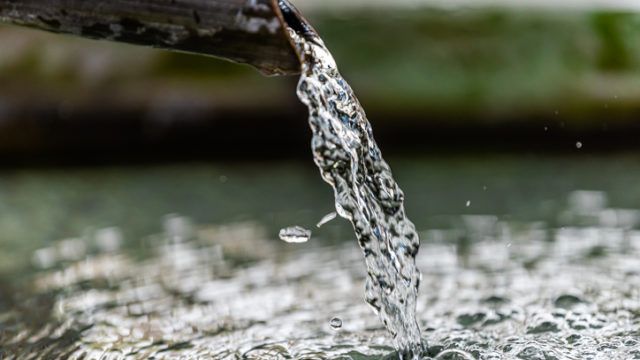This year, Robeco’s first engagement theme is “net zero emissions”. It follows on from an existing commitment to make all Robeco’s AUM carbon neutral by 2050.
“The COP26 climate summit has again stressed the need to further increase engagement on net zero emissions for investors,” said Carola van Lamoen, head of sustainable investing at Robeco.
“[We will] focus on high carbon-emitting companies that have made some progress but are still lagging in their transition to net zero,” he added.
Water and waste
The second theme is “natural resource management” with companies for whom the management of both water use and water waste is a material issue. Investors need to account for the amount of fresh water that is needed to make certain products – often drawn from places where water is already scarce – while the discharge of toxic waste remains problematic, according to Robeco.
“Environmental regulation is rapidly increasing for both [companies] and investors. So, this engagement theme will focus on companies that face environmental issues such as seabed and land mining, emissions of fluoropolymers chemicals, water scarcity, agrochemical waste and plastic waste,” said Peter van der Werf, senior manager for engagement at Robeco.
Equality
The third theme is “diversity, equality and inclusion”, as “human development is also vital to a more sustainable and prosperous world, particularly in reaping the rewards that greater inclusion can bring,” argues Robeco. This theme builds on prior work in promoting diversity in the workplace, trying to achieve equal rights – particularly for female participation in more senior roles, including at board level – and “making sure that every voice is heard”.
“Companies play a crucial role in creating diverse, equitable and inclusive workplaces through their human capital strategy,” said Robeco’s engagement specialist Laura Bosch.
Animals and plants
The final theme is “nature action 100”, which is a new collaboration to protect the natural environment and the millions of species of animals, plants and sea life that live within it – “many of which are threatened by human development”. It builds on prior biodiversity work and is modelled on the existing ClimateAction 100+ partnership with other investors.

















